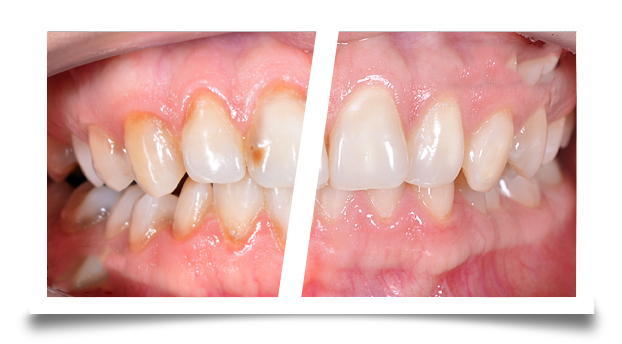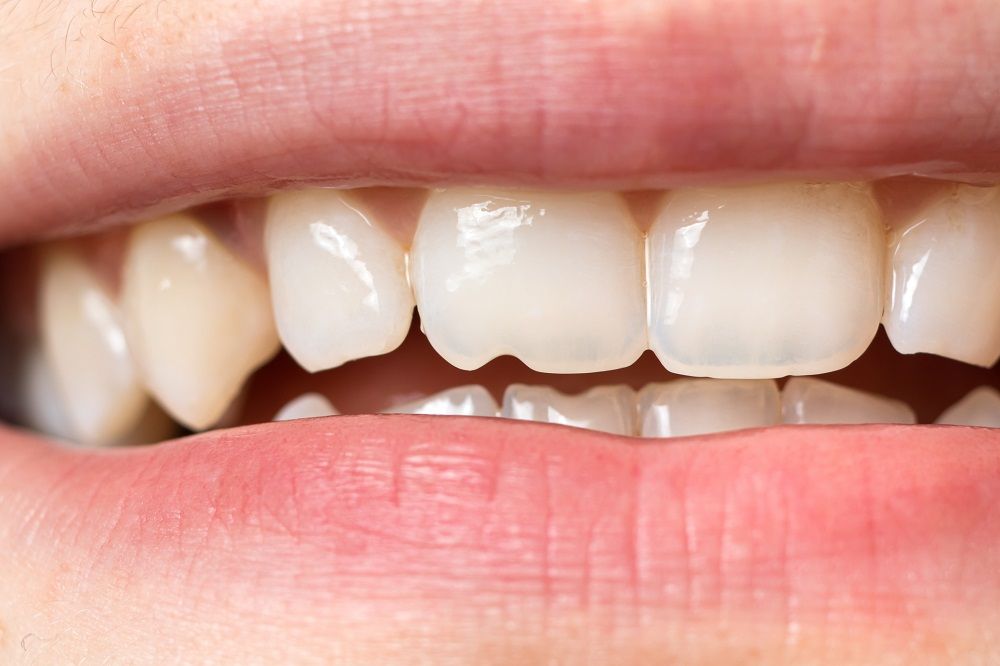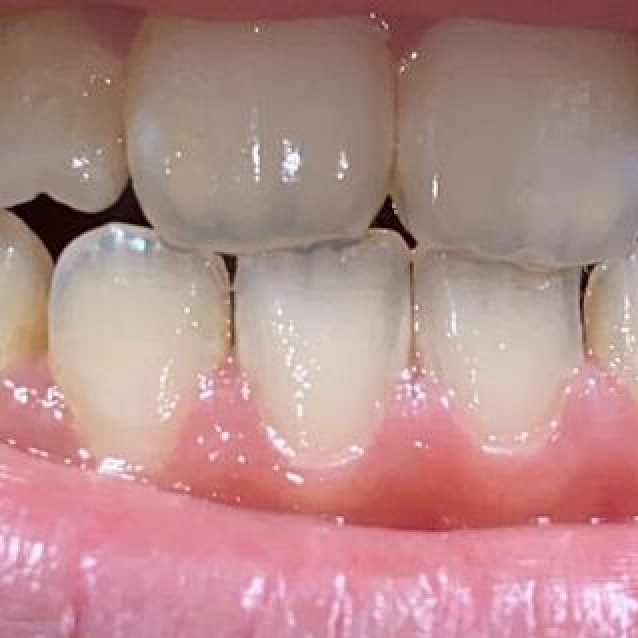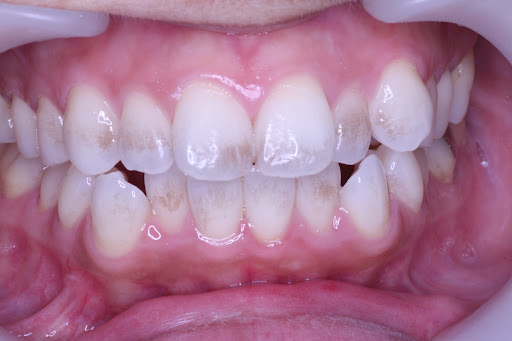How Enamel Erosion Leads to Sensitive Teeth: A Comprehensive Guide
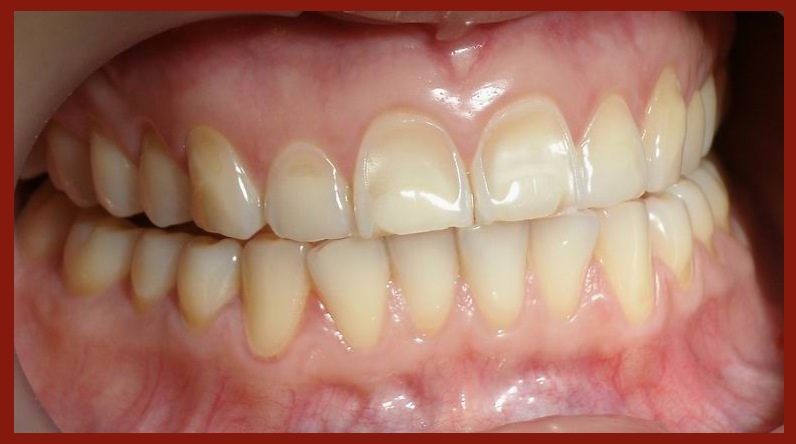
Enamel erosion is a common dental concern that can significantly impact oral health, leading to sensitive teeth. The process is gradual, but the consequences can be severe if left untreated. Understanding how enamel erosion occurs and its link to tooth sensitivity is crucial for prevention and treatment. This guide explores the causes, symptoms, and solutions to enamel erosion, providing expert insight into how to protect your teeth.
What Is Enamel Erosion?
Tooth enamel is the hard, outer layer that protects your teeth from daily wear and tear. It is the hardest substance in the human body, but it is not immune to damage. Enamel erosion occurs when the acids from food, drinks, or the body’s natural processes wear away this protective layer.
Unlike other parts of your body, enamel does not regenerate. Once it’s gone, it’s gone for good. This is why enamel erosion can lead to long-term dental issues, including tooth sensitivity, cavities, and even tooth loss.
The Link Between Enamel Erosion and Tooth Sensitivity
Sensitive teeth occur when the underlying dentin, the layer beneath the enamel, is exposed. Dentin contains microscopic tubules that connect to the nerves of the tooth. When enamel erodes, these tubules are left unprotected, allowing external stimuli—such as hot, cold, or sweet foods—to reach the nerves, causing discomfort or pain.
Key Symptoms of Enamel Erosion-Related Sensitivity:
- Sharp pain when consuming hot or cold foods.
- Discomfort when eating sweet or acidic foods.
- General tooth sensitivity that worsens over time.
- Visible wear or discoloration on the teeth.
Causes of Enamel Erosion
Understanding the factors that lead to enamel erosion is the first step in preventing it. Some of the most common causes include:
1. Acidic Foods and Beverages
Frequent consumption of acidic foods and drinks, such as citrus fruits, soft drinks, and wine, can gradually weaken the enamel. The acids in these products soften the enamel, making it more prone to erosion.
2. Gastroesophageal Reflux Disease (GERD)
GERD, a condition where stomach acids flow back into the esophagus and mouth, can lead to significant enamel damage. The acids can wear away the enamel over time, particularly on the back teeth.
3. Dry Mouth (Xerostomia)
Saliva helps neutralize acids in the mouth and wash away food particles. A lack of saliva, caused by dehydration or certain medications, can increase the risk of enamel erosion.
4. Bruxism (Teeth Grinding)
Grinding your teeth, especially at night, can wear down the enamel. This physical erosion occurs over time and can lead to sensitivity and other dental issues.
5. Poor Oral Hygiene
Failing to maintain proper oral hygiene can lead to plaque buildup. Plaque produces acids that erode enamel if not removed regularly through brushing and flossing.
Stages of Enamel Erosion
Enamel erosion doesn’t happen overnight. It progresses through several stages, each affecting your teeth differently.
1. Early Stage: Surface Level Damage
In the initial stages, enamel erosion may go unnoticed. The outermost layer of enamel begins to wear away, but there is no immediate pain or sensitivity. You may notice a slight dullness or discoloration.
2. Middle Stage: Increased Sensitivity
As more enamel erodes, the dentin becomes exposed, leading to sensitivity. At this stage, you’ll likely feel discomfort when consuming hot or cold foods and beverages.
3. Advanced Stage: Severe Sensitivity and Tooth Damage
In the final stages, the enamel is significantly eroded, exposing more dentin and potentially the inner pulp. At this point, the teeth are highly sensitive, and cavities or cracks may form, leading to potential infections.
Preventing Enamel Erosion
Although enamel cannot regenerate, you can take steps to prevent further erosion and minimize sensitivity.
1. Limit Acidic Foods and Drinks
Reduce your intake of highly acidic foods and beverages. When you do consume them, consider using a straw to limit contact with your teeth and rinse your mouth with water afterward.
2. Practice Proper Oral Hygiene
Brushing twice a day with fluoride toothpaste and flossing regularly can help remove plaque and strengthen your enamel. However, avoid brushing immediately after eating acidic foods, as this can wear away softened enamel.
3. Stay Hydrated
Drink plenty of water throughout the day to help keep your mouth hydrated and maintain healthy saliva levels. Chewing sugar-free gum can also stimulate saliva production.
4. Use Fluoride Products
Fluoride strengthens the enamel and helps prevent erosion. Consider using fluoride toothpaste, mouthwash, or treatments recommended by your dentist.
5. Treat Underlying Conditions
If you suffer from GERD or dry mouth, consult your healthcare provider for treatment. Managing these conditions can reduce their impact on your oral health.
Treatments for Enamel Erosion and Sensitivity
If you’re already experiencing enamel erosion and tooth sensitivity, don’t worry—there are effective treatments available. Your dentist can recommend various options based on the severity of the erosion.
1. Fluoride Treatments
Fluoride can help remineralize weakened enamel and reduce sensitivity. Your dentist may recommend fluoride treatments, such as varnishes, gels, or mouth rinses.
2. Desensitizing Toothpaste
Desensitizing toothpaste is formulated to block pain signals from reaching the nerves in your teeth. Regular use can help reduce sensitivity over time.
3. Dental Bonding
For moderate cases of enamel erosion, dental bonding can be used to cover the exposed dentin. This procedure involves applying a tooth-colored resin to protect the sensitive areas.
4. Crowns or Veneers
In severe cases, when a significant portion of the enamel is lost, your dentist may recommend crowns or veneers. These restorations cover the entire surface of the tooth, protecting it from further damage and reducing sensitivity.
The Importance of Regular Dental Visits
Routine dental checkups are essential for preventing and managing enamel erosion. Your dentist can detect early signs of enamel damage, recommend preventive measures, and provide treatments to alleviate sensitivity.
During your visits, your dentist may:
- Apply professional fluoride treatments.
- Perform dental cleanings to remove plaque and tartar.
- Offer personalized advice on dietary changes and oral care habits.
- Monitor the progression of any existing enamel erosion.
Conclusion: Protecting Your Enamel for Long-Term Oral Health
Enamel erosion is a serious dental issue that can lead to tooth sensitivity, pain, and other complications if not addressed. Understanding the causes, symptoms, and preventive measures can help you protect your enamel and maintain a healthy smile. By making small changes to your diet and oral care routine, and seeking professional dental care when necessary, you can minimize enamel erosion and enjoy stronger, more resilient teeth.
Further Reading:
- How to Strengthen Tooth Enamel
- The Impact of Acidic Foods on Teeth
- Why Dental Checkups Are Essential for Preventing Enamel Erosion
References:
- National Institute of Dental and Craniofacial Research (NIDCR). “Tooth Erosion: Causes and Prevention.”
- American Dental Association (ADA). “Enamel Erosion: Risk Factors and Treatments.”
- Mayo Clinic. “GERD and Oral Health: How Stomach Acids Impact Your Teeth.”

